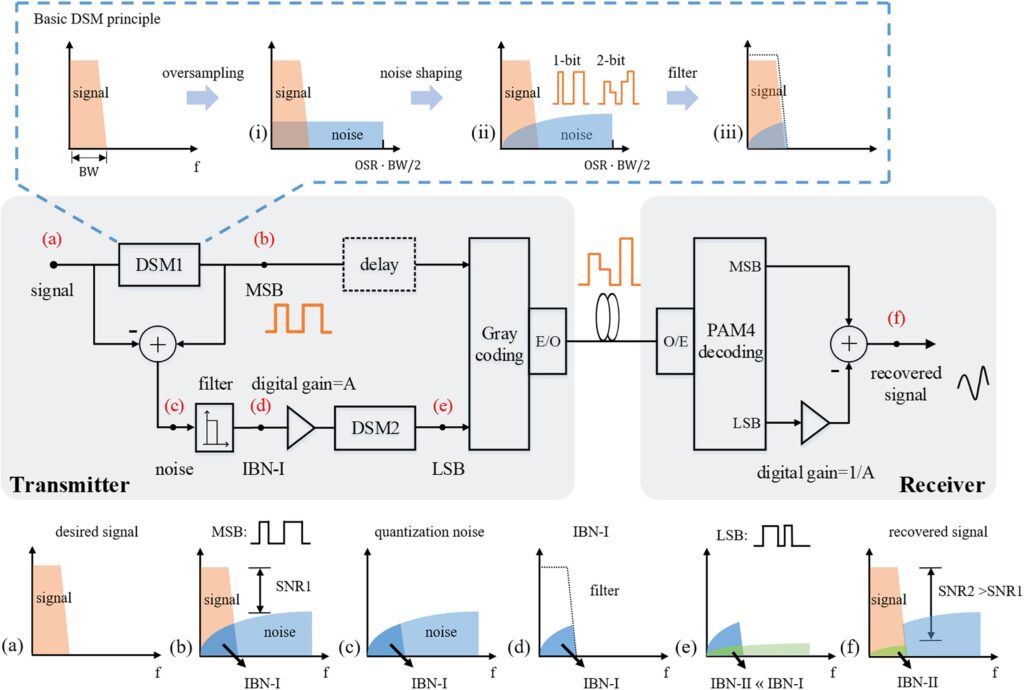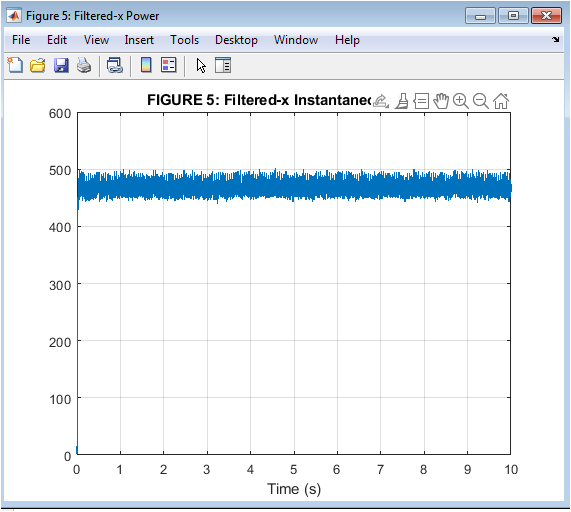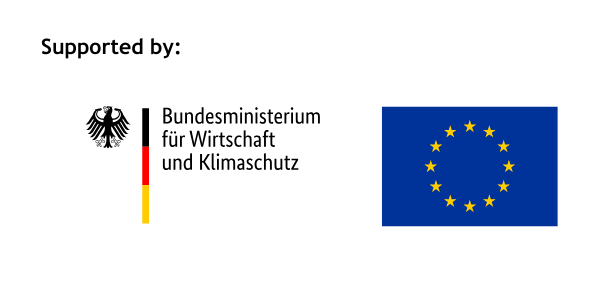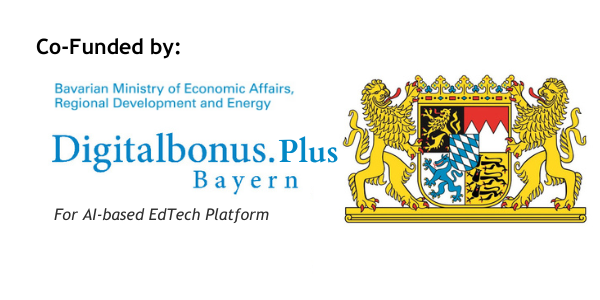Tech Blogging with WiredWhite
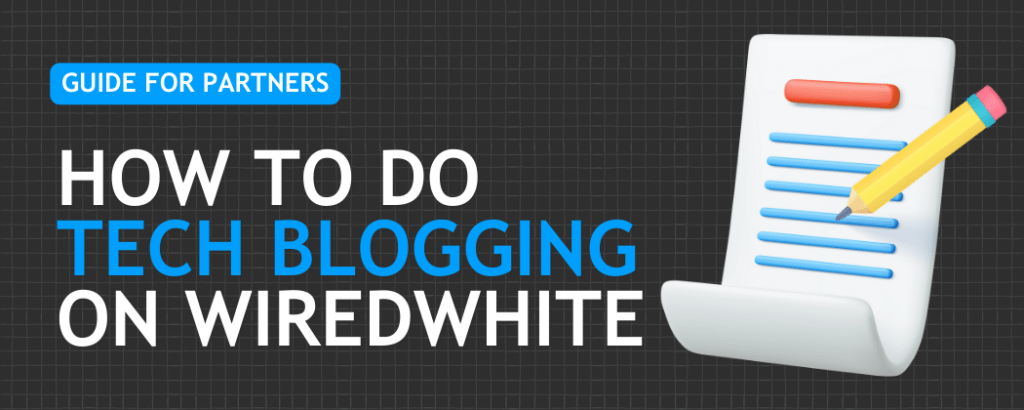
In the given article you will read all about Tech Blogging with WiredWhite. We will explain why it is highly recommendable to publish some articles on the platform and how exactly you, as Partner of the platform, can do this.
Publishing technical bog articles on the WiredWhite platform does not only help to show your technical expertise and credibility but also increases your chances of being chosen as a Tutor by our students or as an industry project member by our engineering team.
To make the best out of the article, there are few rules and guidelines that we recommend following when publishing it on our platform. All of this can be found in the given How To article.
The article guides you through all most important steps of the tech blogging process, from choosing a category, adding images, and presenting your content in a structured, attractive and engaging manner. For those who want their tech articles to be visible to a wider audience even beyond our community, we recommend reading the “SEO” section, that explains what you need to do, in order for your articles to be on top of Google Search rankings.
Working on a new platform can be tricky, we have therefore integrated an FAQ on the bottom of the article with all most common difficulties and questions when trying to upload your article content on the platform.





